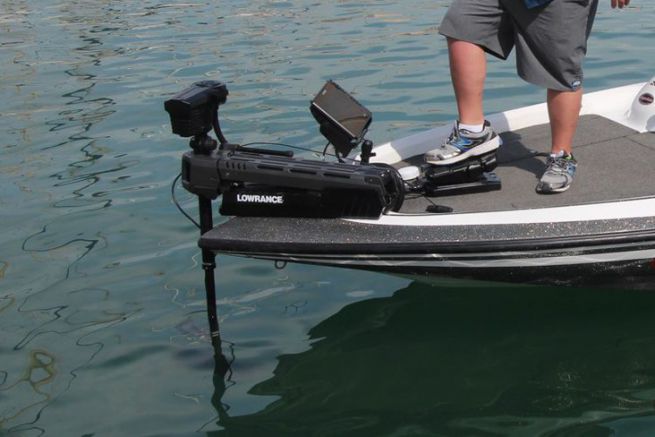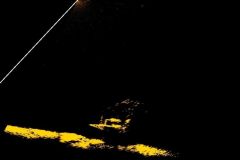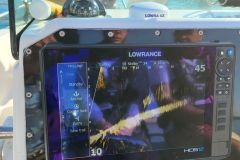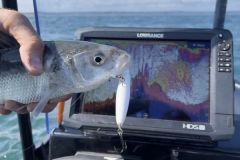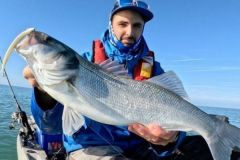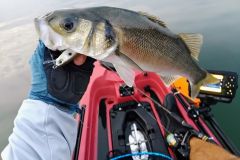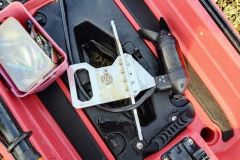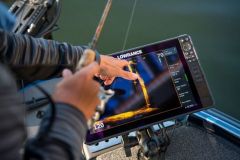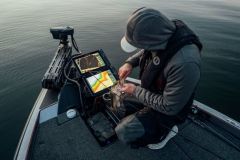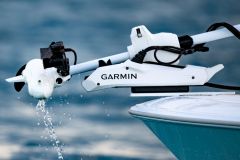For freshwater fishing, the electric motor has become a must on boats. Installed at the bow, it allows the fisherman to steer his boat to follow a course, a sounding line or simply to counter the current and stay put. Piloted with a pedal, it leaves hands free for fishing actions.
These engines must be connected to the on-board electronics to have the GPS position and sensor or mapping information in order to maintain a course. Just like Garmin (also releasing a similar engine at the same time), not finding an engine available on the market, Lowrance decided to develop its own model starting from a blank sheet of paper. It's interesting to see that these 2 competing brands that used the latest available technologies arrive at the same technical choices.
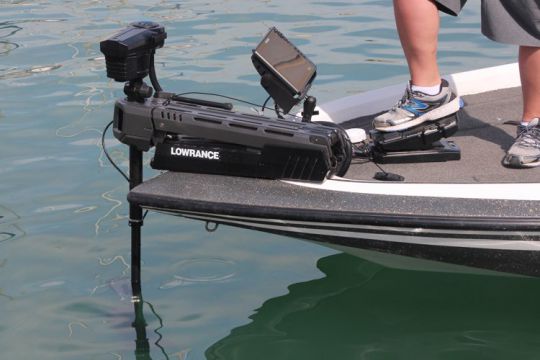
24 or 36 V
The Lowrance Ghost Motor is a brushless motor that offers more thrust than competitors with brushes (about 25% gain) and consumes less fuel (Lowrance announces a 45% range gain). This motor can be connected in 24 or 36 volts to manage the available power (thrust: 97 lbs in 24 volts and 120 lbs in 36 volts).
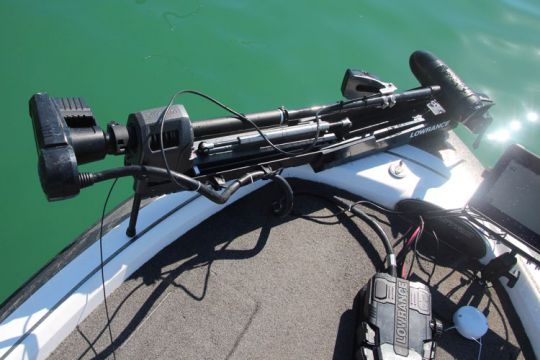
Solid construction
On the assembly side, the engine has a frame assisted by jacks. The manual launching does not require any particular effort. When the boat is raised, the motor base automatically moves into a horizontal position to find its place at the bow.
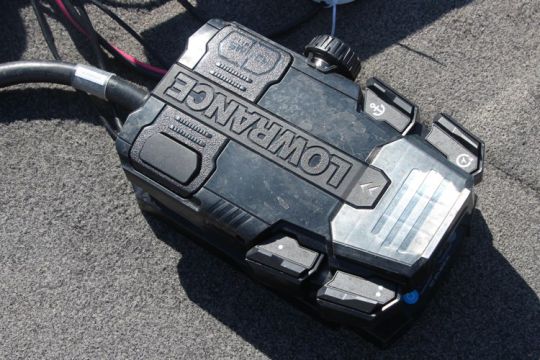
A pedal connected by cable
The engine is controlled by a pedal with an electronic transmission (no cable transmission). A large cable connects the drive head to the pedal. This drive head rotates only 340°. This prevents the cable from twisting. A large blue arrow on the top of the power head always indicates the exact direction of the engine. Lights on the pedal give an indication of the battery charge status.
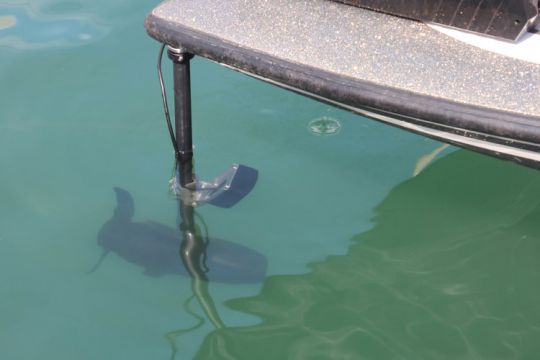
CHIRP probe as standard
As standard, the engine is delivered with an HDI probe (CHIRP and DownScan Imaging), but it can also be equipped with the 3-in-1 Active Imaging probe (CHIRP sounder, SideScan and DownScan Imaging). Both probes are attached to the nose of the base. The 3-in-1 probe also fits on the underside of the base. It is also possible to install a LiveScan probe, especially in the "Foward" position, as it was the case on the engine of our test.
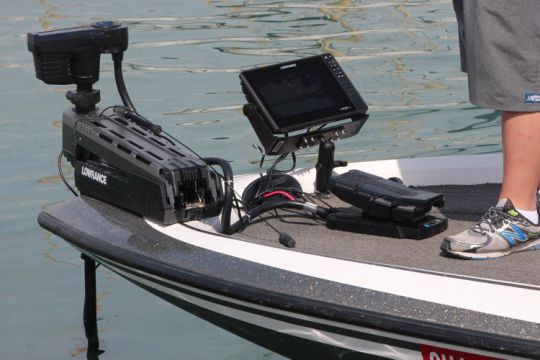
Connected to the brand's pollsters
We were able to test the new Lowrance Ghost engine on a Bass Boat. The model presented was still at the prototype stage and in particular all the functions related to the HDS screen were not functional. But the manufacturer promises us a connection with Lowrance touchscreens allowing users to steer, set speed, configure the navigation route (following bathymetric lines) as well as virtual anchoring to a waypoint using the SmartSteer interface. The Ghost easily connects to the HDS LIVE, HDS Carbon and Elite-Ti² displays via a simple NMEA 2000 connection
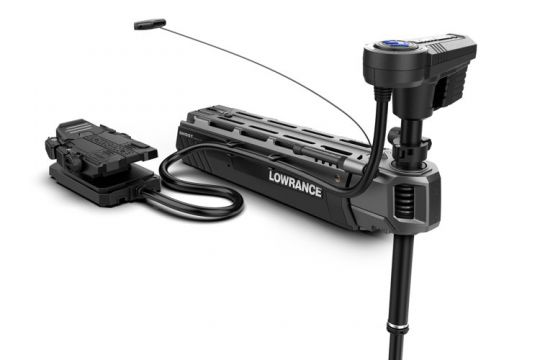
For the European zone, the Lowrance Ghost will be available from October 2019 at a price of 4,444 euros including tax. The first version has a 47-inch shaft, but other shaft lengths have already been announced.

 /
/ 